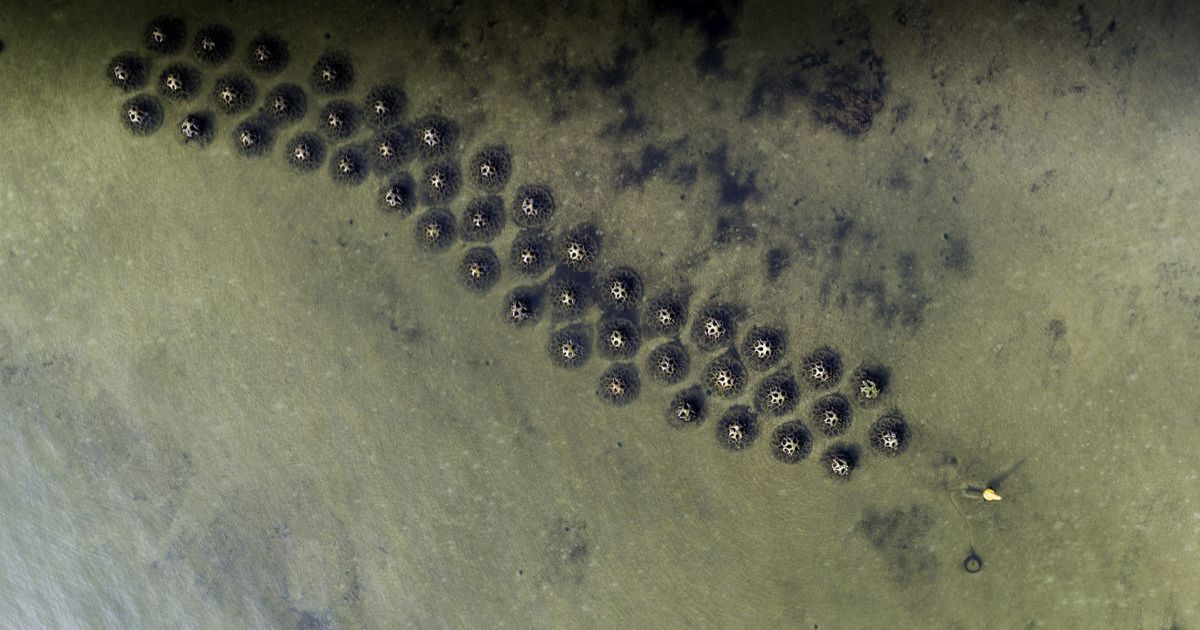Ag on a knife’s edge

ABARES executive director Dr Jared Greenville said production outcomes across South Australia, western Victori and southern NSW, where much of the winter crop has been dry sown, rest on a knife's edge.
EVEN though the rain has finally arrived in a big way, the damage has already been done with failed crops, and the substantial slaughter of breeding female cattle and sheep as the Victorian fodder market has completely dried up.
Many farmers were forced to sell livestock due to running out of water and the substantial cost of importing fodder from interstate, and it’s not over, we have to get through a chilling winter yet, the time when animals need supplementary feeding the most.
ABARES has forecast the gross value of Australia’s agricultural production is expected to fall by 2.8 per cent to $90.7 billion in 2025-26, driven by lower crop and livestock production volumes, according to the June quarter forecasts released by ABARES last week.
The value of agricultural production in 2025-26 is tipped to be the third highest on record and worth $97.5 billion when fisheries and forestry are included.
ABARES executive director Dr Jared Greenville said favourable seasonal conditions across northern NSW, Queensland and southern Western Australia had provided a strong start to the 2025–26 winter cropping season.
However, production outcomes across South Australia, western Victoria, southern NSW and northern cropping regions of Western Australia – where much of the winter crop has been dry sown – rest on a knife’s edge and are highly dependent on the positive rainfall outlook for many of these regions.
“Winter cropping conditions in those areas are at a critical point in the season, especially where there is a total lack of soil moisture,” Dr Greenville said.

“The recent rainfall was helpful for some and the outlook for these regions is currently positive, which is embedded in our current forecasts, but if not realised, creates a downside risk to national production figures.
“Despite the risks, the overall seasonal outlook is positive but is expected to lead to lower production than last year.
“Nationally, an expected fall in crop production in 2025-26 will lead to a $2.1 billion fall in crop value and $0.5 billion reduction in livestock and livestock product values.”
While livestock and livestock production volumes are expected to fall (down by 3 per cent) as farmers outside the drought areas start restocking, demand for Australian livestock remains strong, as do export prices.
ABARES forecasts export values will fall by $2.6 billion, given lower livestock and crop export volumes.
However, the forecast total of $71.7 billion for 2025-26 (or $76.7 billion when fishery and forestry exports are included) is still expected to be the third highest recorded.
Dr Greenville noted Australian export volumes were expected to be resilient despite subdued global demand and uncertainty around global trade policies.
“Australian agricultural exports are expected to be supported by tightening global grain stocks, demand for Australian red meat and a relatively low Australian dollar,” he said.

















